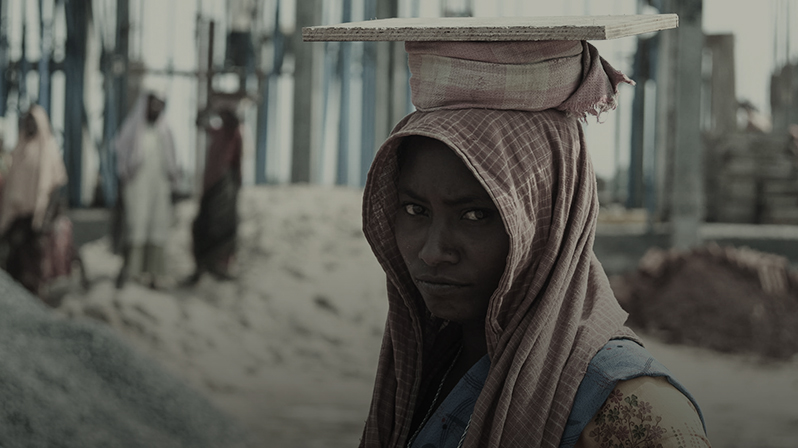Understanding working migrant women’s narratives of ‘mobility’ in Delhi
Eesha Kunduri
February 8, 2017

BOOK CHAPTER CO-AUTHORED BY EESHA KUNDURI
URBAN ECONOMY
Context:
Women’s migration has typically been understood as a relational phenomenon, where women are generally seen to be migrating for marriage or as accompanying family members (according to data from the Census and the National Sample Survey). This has been acknowledged as a key shortcoming in the way macro-data captures women’s migration, owing to the nature of the data which attributesonly a singular reason for migration.
Recent studies, however, have suggested that even if women migrate with families or due to marriage-related reasons, livelihood options at destination are factored into by households as part of their migration decisions.
Therefore, migration in general and women’s migration in particular, is complex and multi-faceted, and there is a growing recognition to unpack the nuances of people’s lived experiences of it. In light of this literature, and in the context of low workforce participation rates for women in Delhi (about 10.7 % as per 2011-12 data from the National Sample Survey), researchers Eesha Kunduri and Sonal Sharma decided to engage more deeply with work-life histories of women migrants. The objective of the research was to provide insights into women’s own assessment of their work in the city, and their hopes and expectations from it, since often these apsects are paid scant attention in meta-narratives of gendered work, occupations and migration.
How was the research conducted?
The research draws upon fieldwork among 40 women workers in informal housing settlements around two industrial estates in Delhi: Patparganj in East Delhi and Wazirpur in North-West Delhi. The qualitative data is complimented by insights from a sample survey of 317 workers: 77 female and 240 male workers.
Key findings:
The women interviewed mostly migrated with their husbands or a male household member, and started working out of the realisation that one member’s earnings were not sufficient to sustain in the city.
Typically, the women’s earnings averaged between 4000 and 5000 rupees a month, about a half of what male workers earn.
Women were found to be relegated to tasks on the lower end of the occupational hierarchy, such as removal of excess thread from clothes, in packing, labelling, etc. and as home-based workers (industrial outworkers) undertaking work such as sewing on the sides of jeans, taping of speaker components, putting threads into bookmarks, etc.
While these are precarious employment scenarios, what was notable was a strong sense of self-perception that women expressed with regard to their work and earnings, and a sense of freedom in city spaces. They commented on the sense of independence that their earnings, howsoever meagre, allowed them to have, including meeting small, everyday expenses by themselves, and in some cases, extending support to their children’s education in the city.
Interpreting the findings:
Kunduri and Sharma argue that women’s strong self-perception is related to the opportunities to be mobile in the city. The women workers in the study looked at the city as a space of freedom, especially when compared to the strict norms that governed their movements back in the village. Particularly, for the upper caste women guided by customs of ‘veiling’ (ghunghat) in the village, being able to step out of their home for work, to go to the market, and so on, was an enabling experience.
Women also reported about being able to enjoy leisure time in the city, which included activities like watching television, and chatting with other women in the neighbourhood. Home-based workers especially were seen to be working together in groups in courtyards or outside of tenement settlements, indicating the opportunities for socialisation.
Such everyday practices, the authors argue, also enabled women to cultivate networks that helped them to cope with the uncertainties of urban living, and also served as entry points for finding work opportunities.
However, it was also seen that localities that were relatively more homogenous in term of residents’ regional origins, caste and community backgrounds often reproducedvillage-alike restrictions on women’s mobility, in comparison to more heterogeneous localities which women found liberating.
An overall analysis suggests that mobility as a concept needs to be understood in its subjective dimensions cutting across social, spatial, economic aspects. The micro-narratives of freedom in the city, in relation to the village, particularly offer critical insights in this regard.
The book, Land, Labour and Livelihoods: Indian Women’s Perspectives, which includes the chapter by the authors, ‘Here, We Are Addicted To Loitering’: Exploring Narratives of Work and Mobility Among Migrant Women in Delhi, can be accessed at the publisher link here.


